Biblia pauperum [Blockbook] (PML 1.1–2)
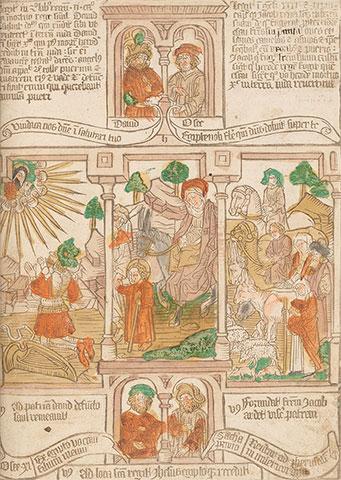
A blockbook is a genre of late-medieval book produced entirely from woodcuts, where the text and image are carved together into a wooden block and printed. Blockbooks are typically printed on one side of the paper only. This is due to the fact that printing was accomplished by placing the paper onto the woodblock and then rubbing the paper so that the ink would transfer from the wood to paper. This produced an embossed impression of the woodcut on the blank side of the sheet. Because of this rubbing process, both sides of the sheet could not be printed. The ease and speed of printing a blockbook allowed them to be produced to order, the first print-on-demand books. Interestingly, the printed sheets could be used like posters, mounted to a board or wall, for public display, or they could be folded in half and bound into book format for personal use.
The Biblia pauperum, which translates as “Bible of the poor,” was intended for those poor in theology, or needing a greater understanding of Christian scripture, not necessarily financially poor. The layout of the Biblia pauperum focuses on the life of Christ—the central scene on each page—flanked to scenes from the Old Testament that Christian theology taught were types, or prefigurations, for the New Testament and the coming of Christ. The texts surrounding the main images include biblical citations, quotes from the prophets, and explanations of the relationship between the Old and New Testaments. There were ten Latin and two German editions of the Biblia pauperum blockbook in the 15th century.
PML 1.1–2 was acquired in 1905 by J. Pierpont Morgan from his nephew Junius Spenser Morgan, and it was given pride of place as the first book accessioned in the Printed Books collection by Morgan’s librarian Belle Greene. PML 1.1 is an edition of the Biblia pauperum printed in the Netherlands or Lower Rhine about 1465 and is missing leaves A and i; leaf A is replaced in facsimile while leaf i (along with a second version of leaf h) are from a copy of another edition produced in the Rhineland (around Mainz or Strasbourg) about 1470 (PML 1.2). These two leaves previously were part of the copy now in Wolfenbüttel, Germany at the Herzog August Bibliothek, 1 Xylogr. and were removed from that copy by 1821.
Biblia pauperum, Netherlands, ca. 1470, PML 1.2, fol. 8v.
Thumbnails
PML 1.1, Front cover

Biblia pauperum
PML 1.1, Inside Front cover–Front endleaf 1 recto

Biblia pauperum
PML 1.1, Front endleafs 1 verso–2 recto

Biblia pauperum
PML 1.1, Front endleafs 2 verso–3 recto
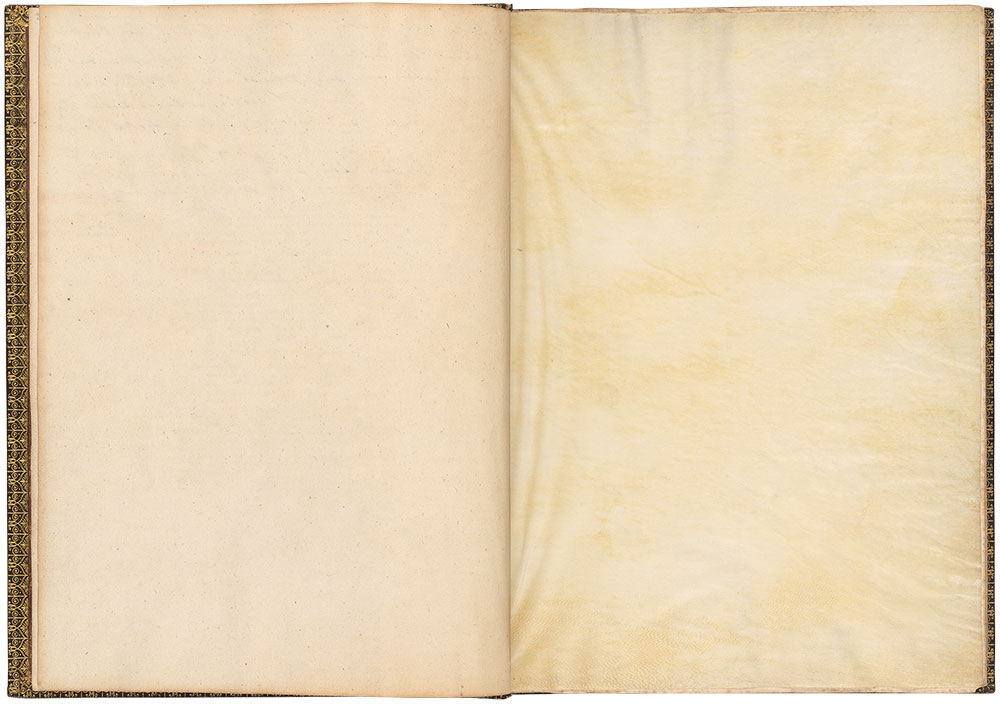
Biblia pauperum
PML 1.1, Front endleafs 1 verso–2 recto with loose clipping recto

Biblia pauperum
PML 1.1, Front endleafs 1 verso–2 recto with loose clipping verso

Biblia pauperum
PML 1.1, Front endleafs 3 verso–4 recto

Biblia pauperum
PML 1.1, Front endleaf 4 verso–fol. 1r (facsimile A recto)

Biblia pauperum
PML 1.1, fols. 1v (facsimile A verso)–2r (b recto)

Biblia pauperum
PML 1.1, fols. 3v (c verso)–4r (d recto)

Biblia pauperum
PML 1.1, fols. 5v (e verso)–6r (f recto)

Biblia pauperum
PML 1.1, fols. 7v (g verso)–8r (h recto)
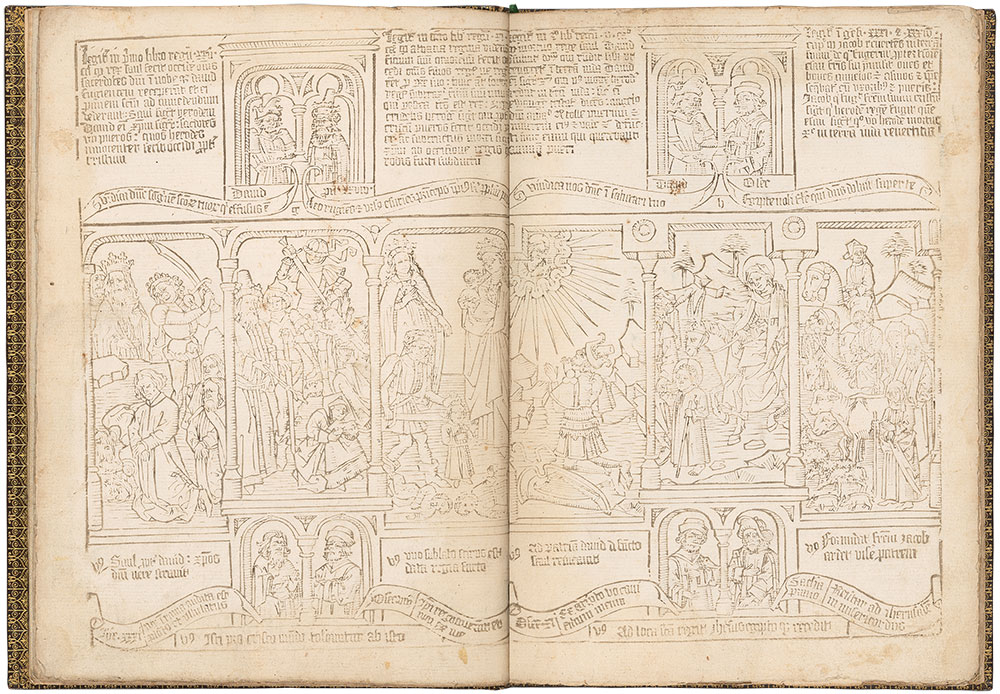
Biblia pauperum
PML 1.1, fol. 8v (h verso)–PML 1.2, fol. 8r (h recto)

Biblia pauperum
PML 1.2, fol. 9v (i verso)–PML 1.1–fol. 10r (k recto)

Biblia pauperum
PML 1.1, fols. 11v (l verso)–12r (m recto)

Biblia pauperum
PML 1.1, fols. 13v (n verso)–14r (o recto)

Biblia pauperum
PML 1.1, fols. 15v (p verso)–16r (q recto)

Biblia pauperum
PML 1.1, fols. 17v (r verso)–18r (s recto)
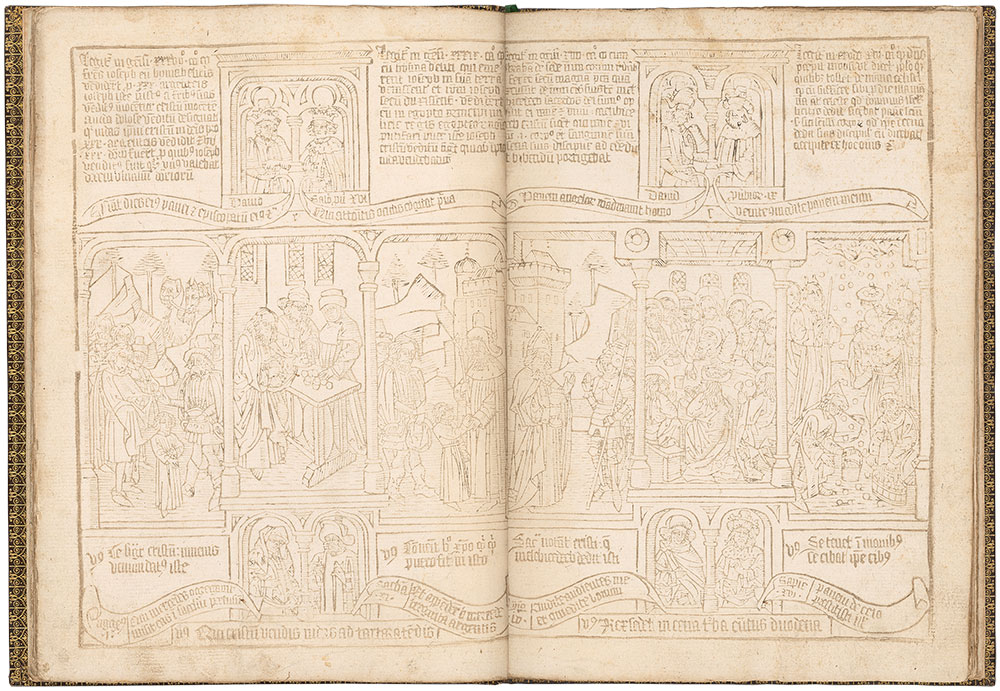
Biblia pauperum
PML 1.1, fols. 19v (t verso)–20r (v recto)
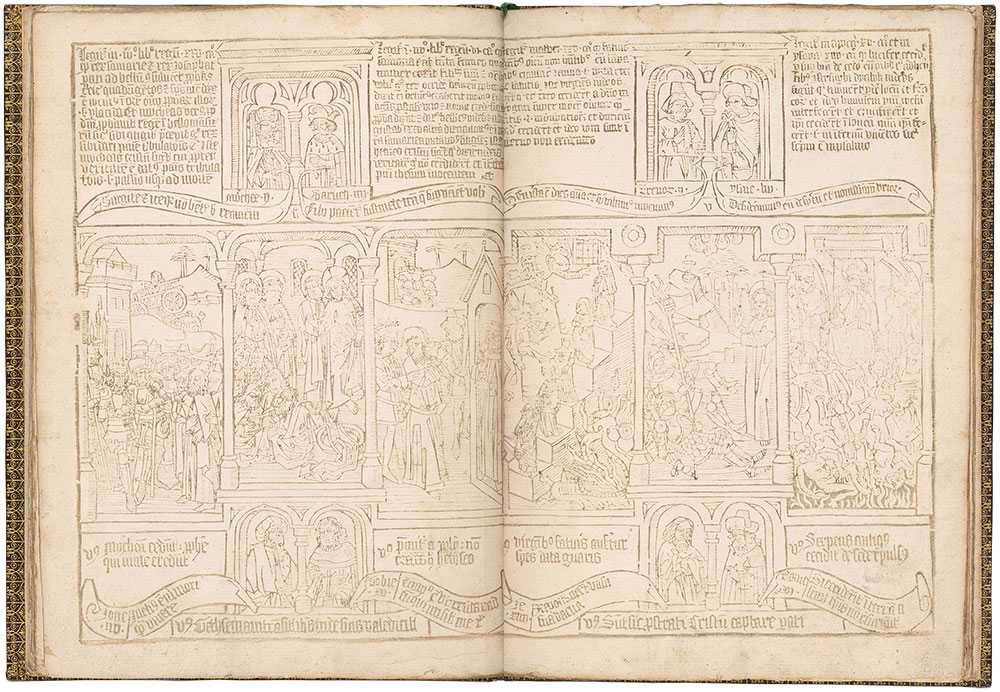
Biblia pauperum
PML 1.1, fols. 21v (.a. verso)–22r (.b. recto)

Biblia pauperum
PML 1.1, fols. 23v (.c. verso)–24r (.d. recto)
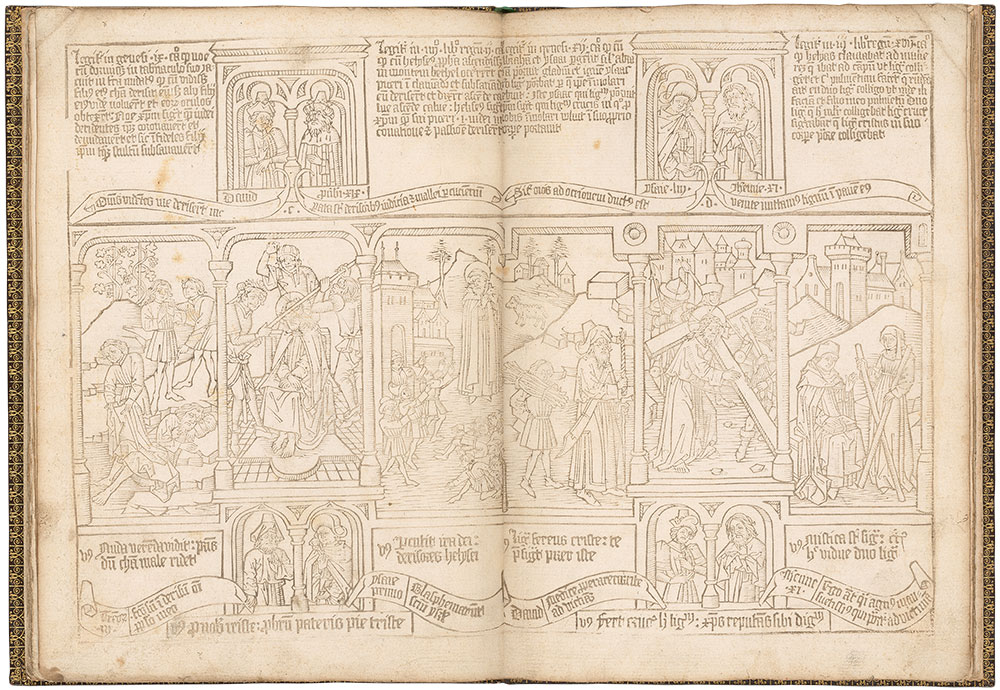
Biblia pauperum
PML 1.1, fols. 25v (.e. verso)–26r (.f. recto)

Biblia pauperum
PML 1.1, fols. 27v (.g. verso)–28r (.h. recto)

Biblia pauperum
PML 1.1, fols. 29v (.i. verso)–30r (.k. recto)

Biblia pauperum
PML 1.1, fols. 31v (.l. verso)–32r (.m. recto)

Biblia pauperum
PML 1.1, fols. 33v (.n. verso)–34r (.o. recto)

Biblia pauperum
PML 1.1, fols. 35v (.p. verso)–36r (.q. recto)

Biblia pauperum
PML 1.1, fols. 37v (.r. verso)–38r (.s. recto)

Biblia pauperum
PML 1.1, fols. 39v (.t. verso)–40r (facsimile .v. recto)

Biblia pauperum
PML 1.1, fols. 40v (facsimile .v. verso)–40r (drawing .v. recto)
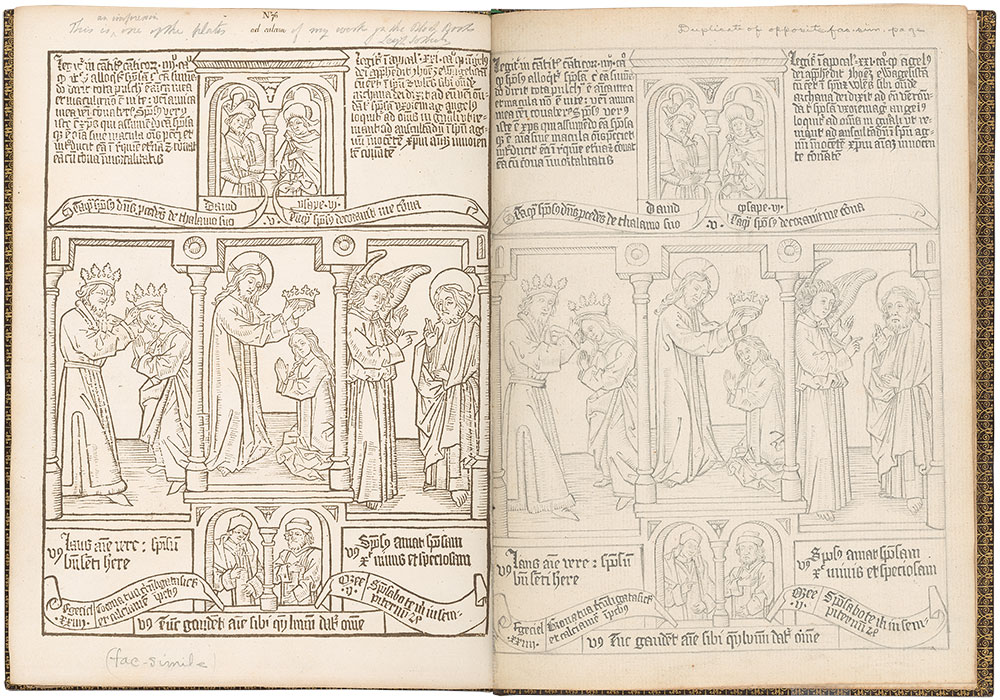
Biblia pauperum
PML 1.1, fols. 40v (drawing .v. verso)–40r (.v. recto)

Biblia pauperum
PML 1.1, fol. 40v (.v. verso)–Rear endleaf 1 recto

Biblia pauperum
PML 1.1, Rear endleafs 1 verso–2 recto
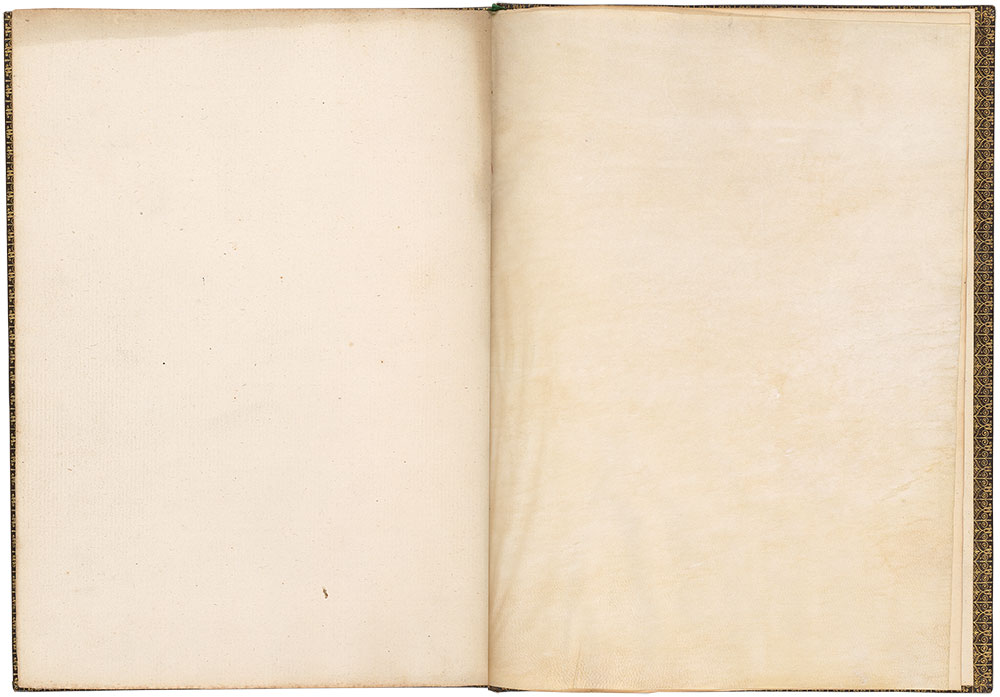
Biblia pauperum
PML 1.1, Rear endleafs 2 verso–3 recto

Biblia pauperum
PML 1.1, Rear endleafs 3 verso–4 recto

Biblia pauperum
PML 1.1, Rear endleaf 4 verso–Inside rear cover

Biblia pauperum
PML 1.1, Rear cover

Biblia pauperum